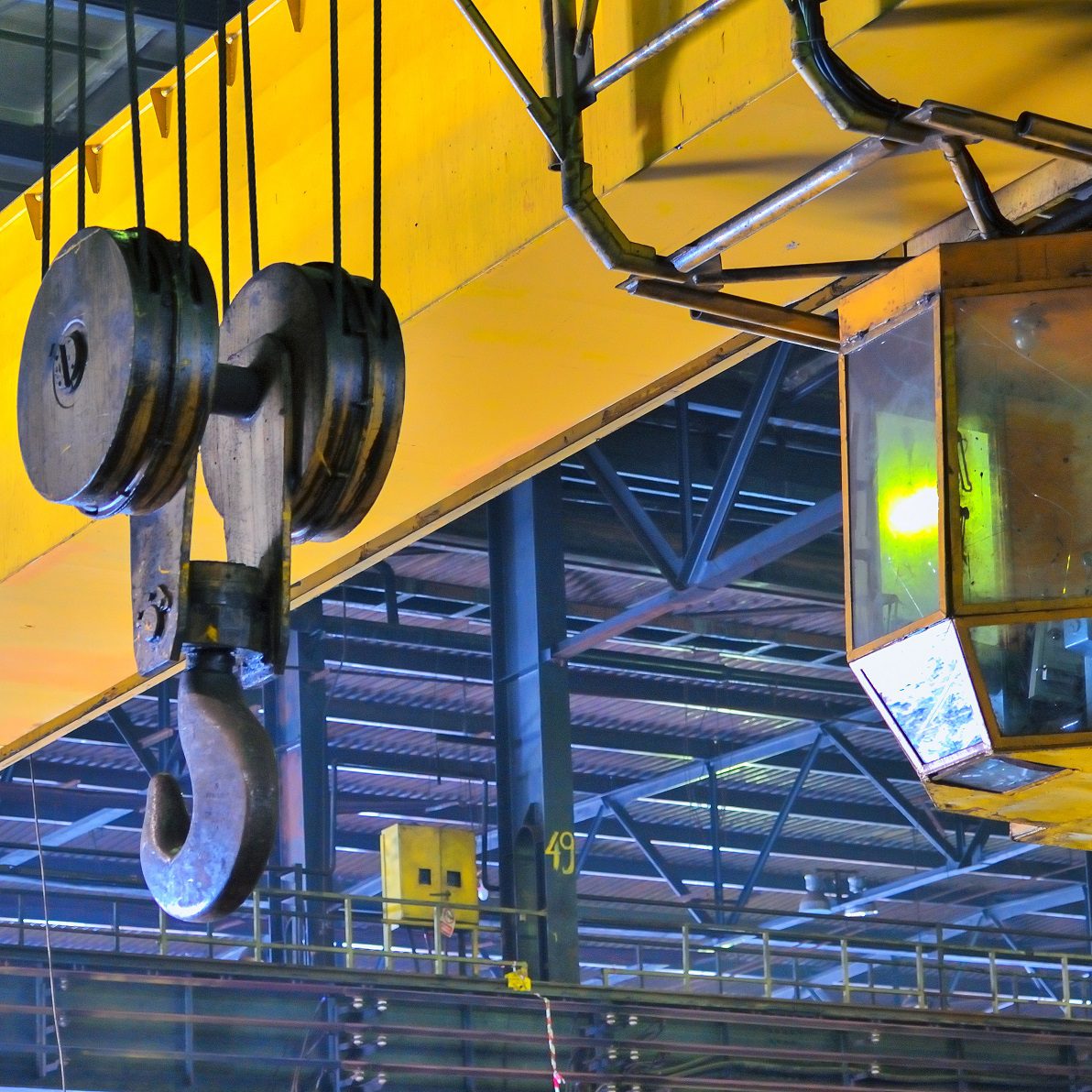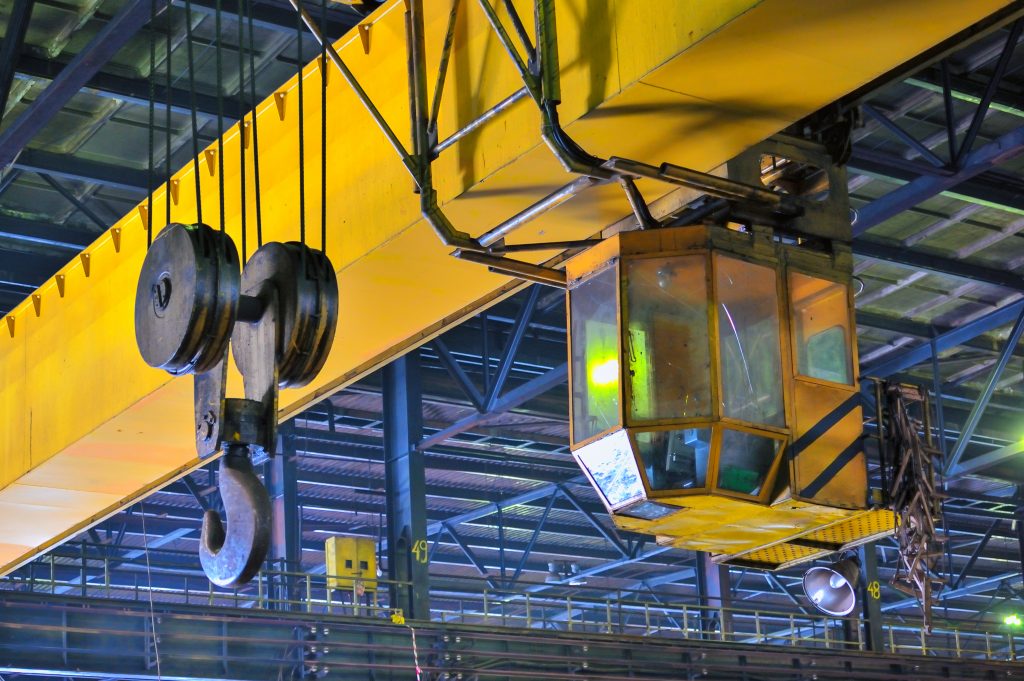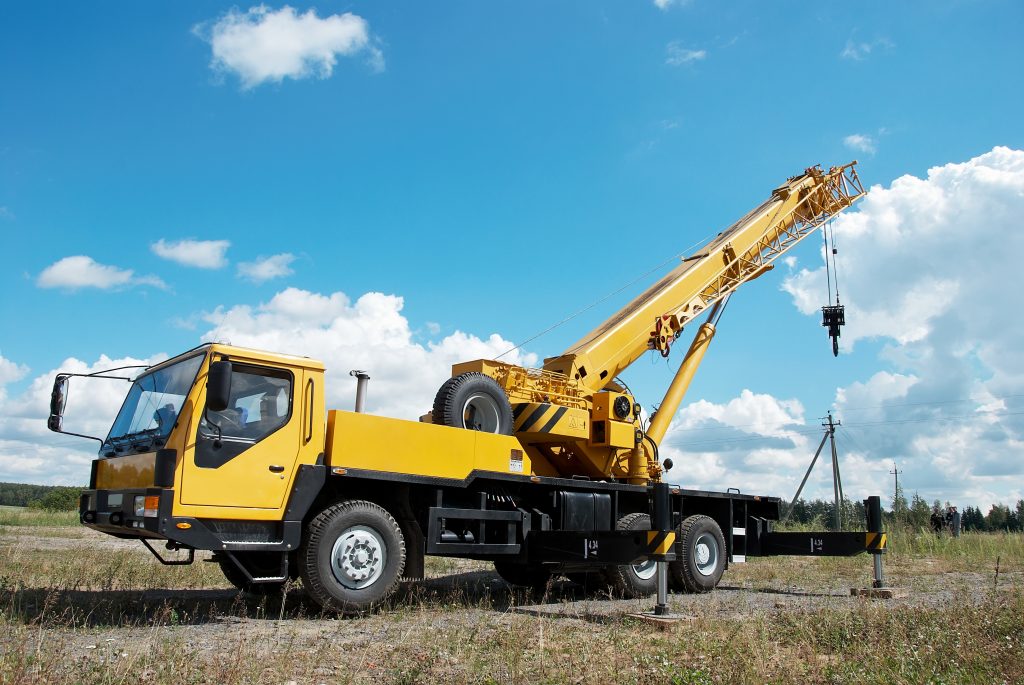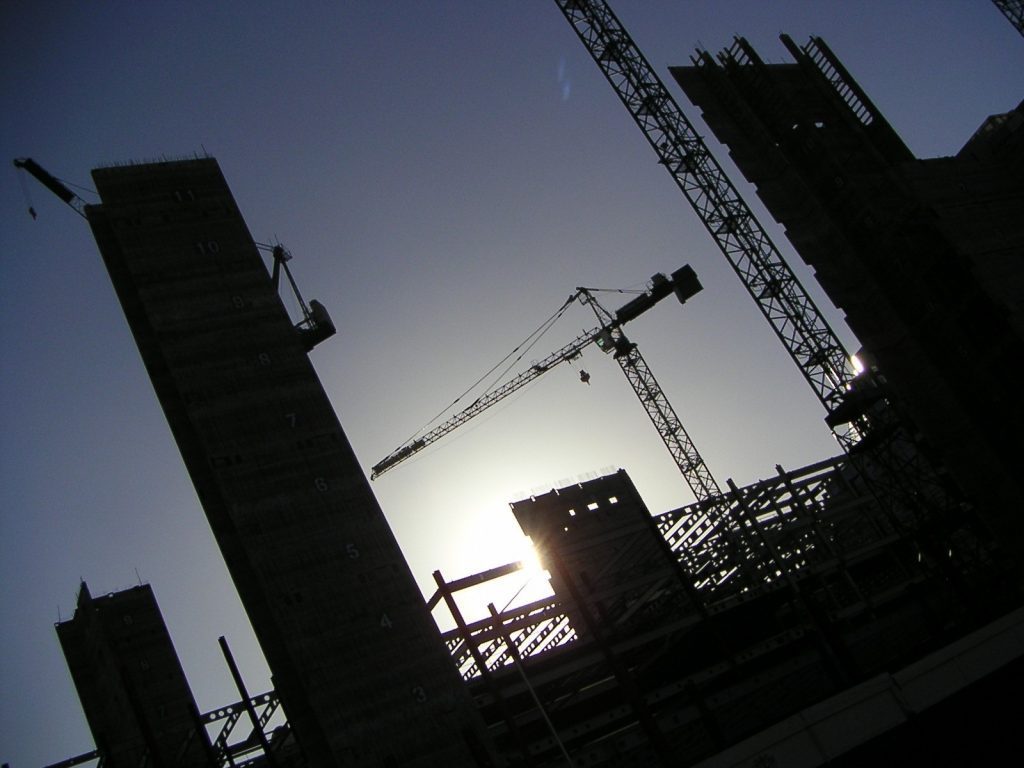
New Crane Operator Certification Regulations Prompt Review

Written by: Virginia McCormick, NES, Inc.

With new regulations on the horizon, now is a good time to review the federal and state regulations regarding crane operator certification.
New OSHA Crane Operator Certification Regulations Prompt Review
As of a February 7, 2019 federal OSHA rule, employers must ensure that any worker’s crane operator certification is properly documented, specifically within the construction industry. However, after receiving concern about employers being able to make the initial effective date, OSHA announced that the enforcement will be delayed.
For 60 days after February 7, 2019, OSHA will not cite businesses that fail to properly document crane operator certification provided employers are making, “a good faith effort.” In lieu of citation, the agency will offer compliance assistance. By April 15, 2019, OSHA will begin fully enforcing the new crane operator certification rule.
With enforcement of these regulations on the horizon, now is a good time for employers to review the federal and state regulations regarding crane operator certification. Proper understanding of certification, evaluation, and documentation will keep employers operating within the rules and employees safe.
OSHA Crane Operator Certification Regulations
The relevant federal regulations for crane operation are found under Code of Federal Regulations, Title 29, §1926, Subpart CC (29 CFR 1926 Subpart CC). These regulations are specific to crane operation in the construction industry. Crane operation outside of the construction industry is not covered within these regulations.

Mobile cranes, such as the one pictured above, come with specific operator regulations that keep workers safe.
OSHA’s crane regulations in construction were first introduced in 1992. After 18 years, the agency’s rule was published in 2010 with federal phase-in occurring in 2014. The standard is broken down into several sections, including operation, training, and inspection. Review and proper application of the entire standard is vital for construction employers and their workers.
According to the federal standard, employers must ensure that each crane operator is, “trained, certified/licensed, and evaluated” and that training provided is sufficient enough to ensure that the worker develops the, “skills, knowledge, and ability to recognize and avert risk necessary to operate the equipment safely for assigned work.”
In November of 2018, OSHA published Cranes and Derricks in Construction: Operator Qualification, which updated the agency’s standard for cranes and derricks in construction by, “clarifying each employer’s duty to ensure the competency of crane operators through training, certification or licensing, and evaluation.” While much of the final rule went into effect in December of 2018, the enforcement of the rule’s amendments to 29 CFR 1926.1427(a) and 1926.1427(f) were delayed. The amendments went into effect on February 7, 2019.
OSHA received feedback that suggested some construction industry employers would need more time to document crane operator certification prior to February 7, 2019. In response, OSHA announced that while the amendments will still go into effect on the previously stated date, the agency intends to offer, “compliance assistance, in lieu of enforcement” until April 15, 2019 for employers who put in a good faith effort to operate within the new evaluation requirements.

Employers struggling to comply with new documentation requirements set by OSHA are encouraged to seek help prior to the standard being fully enforced starting April 15, 2019.
Cal/OSHA Crane Operator Certification Regulations
California crane regulations can be found in two specific locations: California Code of Regulations, Title 8, §§4884-5049 (8 CCR 4884-5049) and 8 CCR 1610. Under these regulations, most mobile crane and tower crane operators are required to hold certifications in order to conduct work in California.
Valid certification, and proper documentation of that certification, is the most important consideration for those seeking to operate construction cranes within California. Much of the regulations for construction crane operation certification remain the same between federal OSHA and Cal/OSHA.
As detailed in 8 CCR 1618.1 and 8 CCR 5006.1, a worker must pass the following examinations to become certified for crane operations in California:
- A physical examination, which must be conducted by a physician and must include criteria specified by either the American Society of Mechanical Engineers or the U.S. Department of Transportation
- A substance abuse examination conducted by a recognized laboratory service
- A written examination that is developed, validated, and administered in accordance with the Standards for Educational and Psychological Testing, published by the Joint Committee of the American Educational Research Association, the American Psychological Association, and the National Council in Measurement in Education
A hands-on examination that demonstrates proficiency in operating the specific type of crane, which covers proper shutdown procedures, maneuvering skills, and application of load chart information
 Both cranes and derricks function by lifting or lowering a load and moving it horizontally. More examples of cranes can be found here.
Both cranes and derricks function by lifting or lowering a load and moving it horizontally. More examples of cranes can be found here.
Certifications are issued by entities accredited by the National Commission for Certifying Agencies (NCAA), an independent, third-party organization. Once a certification is complete, it is valid for a maximum of 5 years, at which point the crane operator must be recertified.
There are a few exceptions to California’s crane operator certification process. Operators of mobile cranes with a boom length of less than 25 feet or a maximum rated load capacity of less than 15,000 pounds are exempt, as are electric line trucks and marine terminal cranes. These exceptions are similar to those found in the federal OSHA standard.
An extensive comparison of the relevant federal and California crane operation regulations (29 CFR 1926 Subpart CC and 8 CCR 1610.2, respectively) can be found under the Occupational Safety & Health Standards Board section on the California Department of Industrial Relations website.
How Construction Crane Operators Stay Safe
According to the Bureau of Labor Statistics and the Census of Fatal Occupational Injuries, a total of 220 crane-related deaths occurred from 2011 to 2015. The study included all cases in which, “the primary source or secondary source of the fatal incident was a crane or the worker’s activity at the time of the fatal incident involved operating a crane.”
In comparison, it was reported by the National Commission for the Certification of Crane Operators (NCCCO) that California saw a drop in crane-related fatalities since certification regulations for mobile and tower crane operators (General Industry Safety Orders §5006.1) were introduced in 2005.
By making sure construction workers are receiving documented crane operator certification, as set by federal and state standards, employers are doing their part to decrease the risk of crane-related deaths and injuries.
NES Construction Safety Oversight
NES regularly provides construction safety oversight services on behalf of small and large operations. Our professionals excel at identifying potential safety hazards, communicating those observations effectively to the appropriate personnel, documenting the hazards (and good practices) observed, and taking the proper remedial actions. To learn how NES can help workers stay safe at your worksite, please contact us at 916-353-2360 / 800-637-2384 or via email at office@nesglobal.net.
References:
OSHA Enforcement Memo: Temporary enforcement policy for evaluation and documentation of crane operators
Electronic Code of Federal Regulations: 29 CFR 1926 Subpart CC – Cranes and Derricks in Construction
Cranes and Derricks in Construction: Operator Qualification
OSHA Trade Release: U.S. Department of Labor Provides Interim Compliance Guidance for Evaluation of Crane Operators
State of California Department of Industrial Relations: Occupational Safety & Health Standards Board (OSHSB): Cranes and Derricks
Bureau of Labor Statistics: Fatal Occupational Injuries Involving Cranes
National Commission for the Certification of Crane Operators: California Crane Fatalities Drop After Certification Introduced
